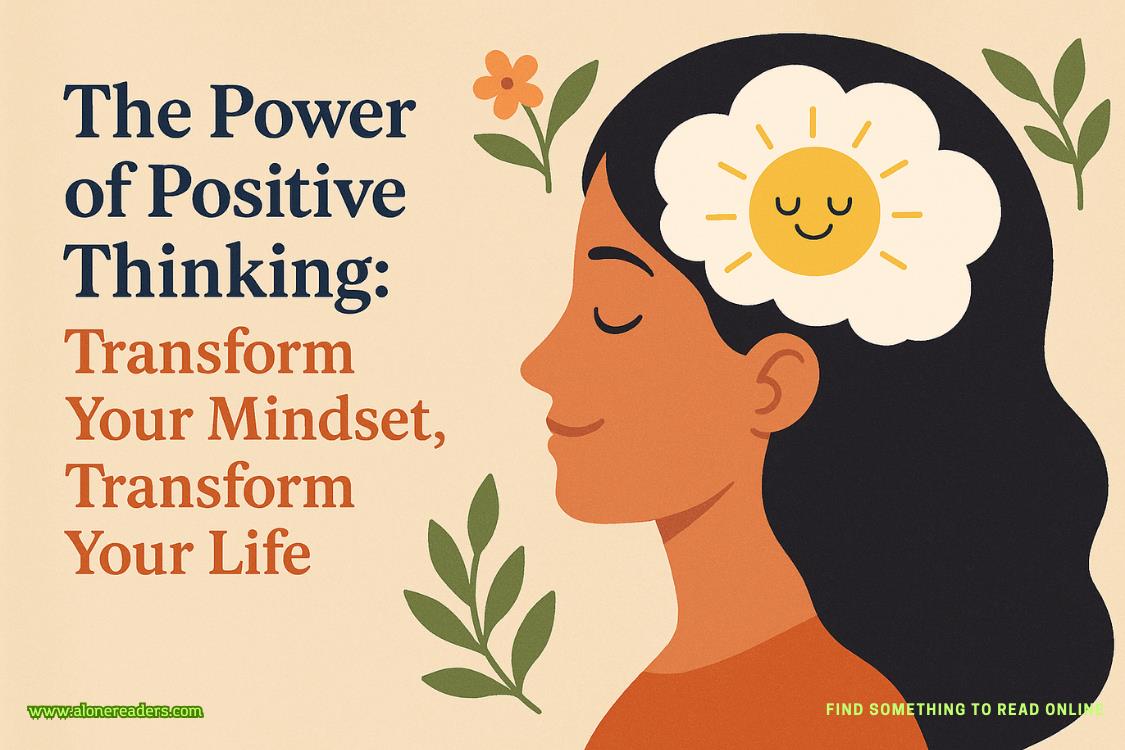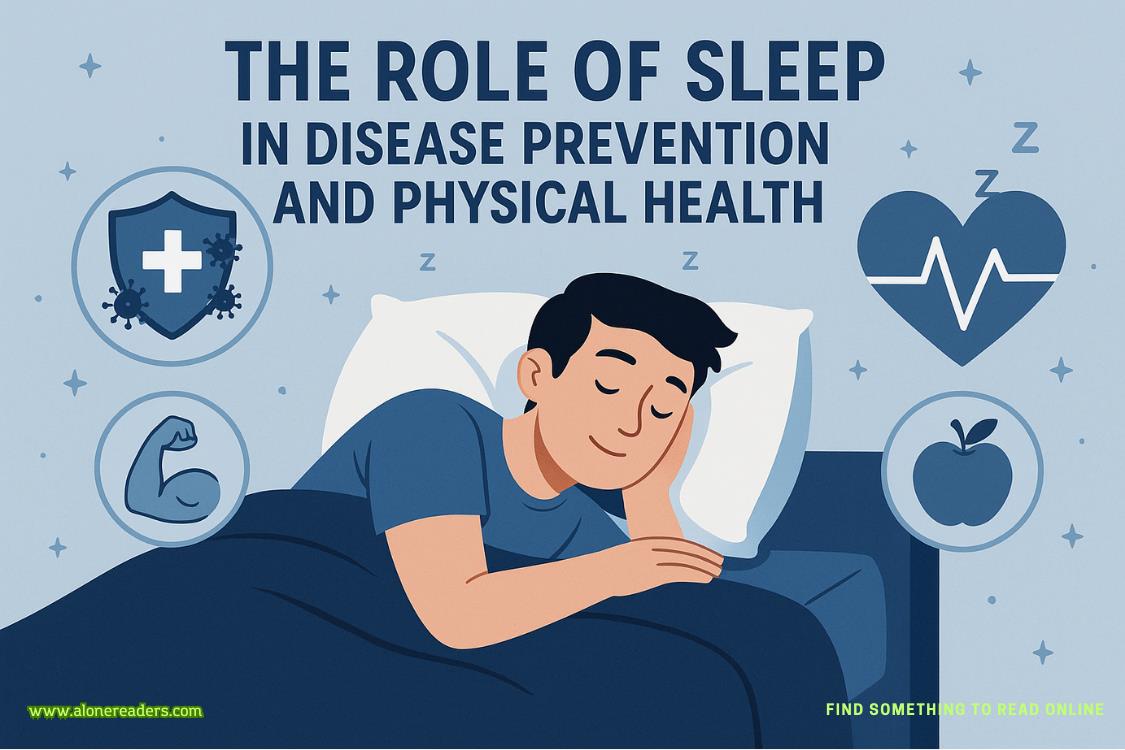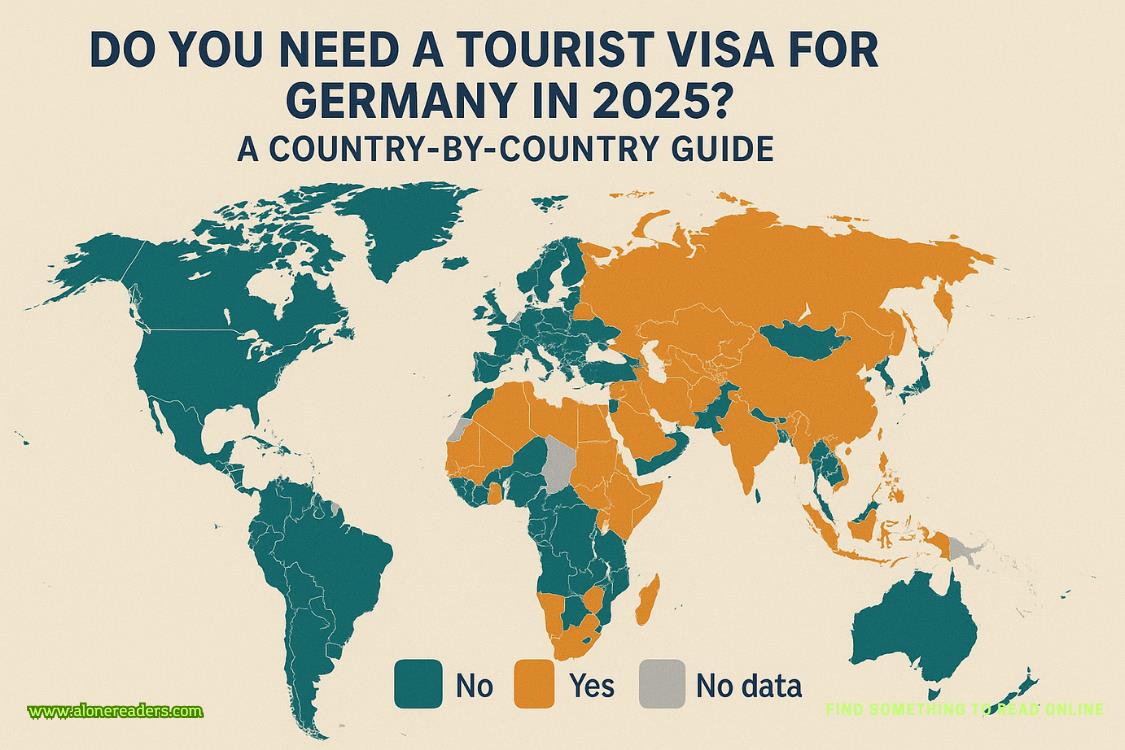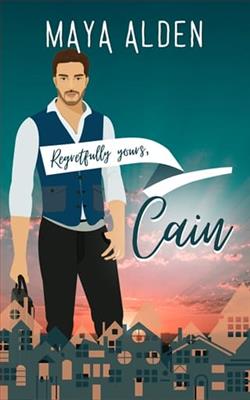Page 15 of Racing for Redemption
Anna perks up, caffeine and curiosity working their magic. "Sold. Give me fifteen minutes."
She reappears exactly fourteen minutes later in loose linen pants, and a simple tank top, her wavy blonde hair tamed into a messy bun. My own hair is pulled back in a practical ponytail, and I've opted for comfort; denim shorts, and a breathable blouse in a shade my mother would call "dusty coral", but is really just faded pink.
The driver—a local man with a permanent half-smile—navigates narrow roads with practiced ease. We pass terraced rice fields glowing emerald in the early light, temples with intricate stone guardians, and villages just beginning their daily routines.
Anna leans her head against the car window, watching the world slide by. "Everything's so vibrant here," she murmurs. "Tokyo is beautiful, but in a different way—all glass and precision and order. This is..." She gestures vaguely at the lush landscape outside. "Wonderfully chaotic."
When we reach the village, it's exactly as promised—a small cluster of buildings nestled against a crescent-shaped bay. Traditional wooden boats line the shore, painted in fading blues and greens, some actively being prepared for the day's fishing, with others resting on the sand like sleeping creatures.
We thank the driver, arranging to meet him in a few hours, and set off on foot to explore. The village awakens around us. Women sweep storefronts with bundled palm fronds, children race down alleys on their way to school, and the smell of cooking fires mingles with salt air and tropical flowers.
"Look at that," Anna says, pointing to a wall where vibrant street art covers what was once plain concrete. The mural depicts local life—fishermen with their nets, women carrying baskets of fruit, children playing traditional games—in a style that blends modern techniques with traditional Balinese art forms. Thank god for my mother having been a painter most of her life. I learned a couple of things which allow me to appreciate art beyond finding it aesthetically pleasing. It also means I can have conversations about art with potential sponsors.
"It's incredible," I agree, stepping closer to examine the details. "So much story in one image."
We follow a narrow footpath that winds along the shoreline, occasionally passing fishermen mending nets or sorting the morning's catch. An older man with skin weathered by decades of sun and salt glances up as we pass, offering a gap-toothed smile, and a friendly nod.
The path widens as we approach what seems to be the village center, where a small market is taking shape. Vendors arrange fruits in precise pyramids, their colors almost artificially bright against woven baskets. A woman with silver hair twisted into a knot calls out to us, gesturing toward green coconuts stacked beside her stall.
"We should," Anna says, already moving toward the woman. She points to two coconuts and holds up rupiah notes. The vendor nods, takes a massive cleaver, and with alarming precision, slices the top off each coconut before inserting straws.
The coconut water is cool and sweet, nothing like the packaged version I've tried at fitness-obsessed team events. We sip slowly, wandering through the small market as more vendors set up their wares.
"Oh, we need to try these," Anna insists, pointing to small rice cakes wrapped in banana leaves. She negotiates with the young woman selling them, using a combination of broken Indonesian phrases she's picked up, and universal hand gestures.
We find a low stone wall overlooking the bay to sit and eat our impromptu breakfast. The rice cakes are sticky and slightly sweet, filled with what tastes like coconut and palm sugar.
"So," I say, wiping my fingers on a napkin, "tell me more about Japan. You mentioned your team is working on cutting-edge tech for medical diagnoses?"
Anna's face lights up with the particular enthusiasm she reserves for work she loves. "It's fascinating stuff. We're developing neural networks that can identify patterns in medical imaging that doctors might miss or take longer to recognize. Early detection algorithms for degenerative diseases, especially."
"That sounds incredible," I say, genuinely impressed. "Important work."
"It is," she agrees, "though some days, it feels like we're just programming computers to say 'this might be bad' slightly faster than a human could." She laughs. "But, the potential is huge. If we can catch these conditions even months earlier, treatment outcomes improve dramatically."
"Are you working with hospitals there?"
She nods, finishing her coconut water with a noisy slurp. "Three major university hospitals in Tokyo, plus one in Osaka. The Japanese healthcare system is amazing—incredibly efficient, but also deeply traditional in some ways. Getting them to trust tech recommendations has been... challenging."
I can imagine. The racing world still has similar tensions between innovation and tradition, between data-driven decisions, and the human element of instinct and experience.
"Also, the cultural adjustment was harder than I expected," Anna continues, her gaze drifting to the fishing boats now heading out to deeper waters. "Not just the language, though that's been a struggle. It's the unspoken rules—knowing when to speak up in meetings, understanding that 'we'll consider it' usually means 'absolutely not'..."
"Sounds familiar," I say dryly. "The paddock has its own unwritten rule book. Especially for women."
"Exactly." She tosses her empty coconut into a nearby bin. "Though Japanese work culture has its own special brand of gender issues. I'm often the only woman in technical meetings, and definitely the only foreign woman."
"How do you handle it?"
She shrugs—a small, defiant gesture. "I've developed what I call my 'polite bulldozer' approach. Unfailingly courteous, absolutely immovable. Works about seventy percent of the time."
"And the other thirty percent?"
"I cry in the bathroom, then come back and try again," she admits with a self-deprecating smile. "Very professional."
I laugh, but I understand completely. I've had my own moments of bathroom breakdowns at Colton Racing, though I'd never admit it to anyone but Anna.
We resume our walk, following a different path that leads inland through the village. Children in school uniforms wave as they pass, and an elderly woman beckons us to admire the intricate fabric she's weaving on a small loom set up outside her home.















